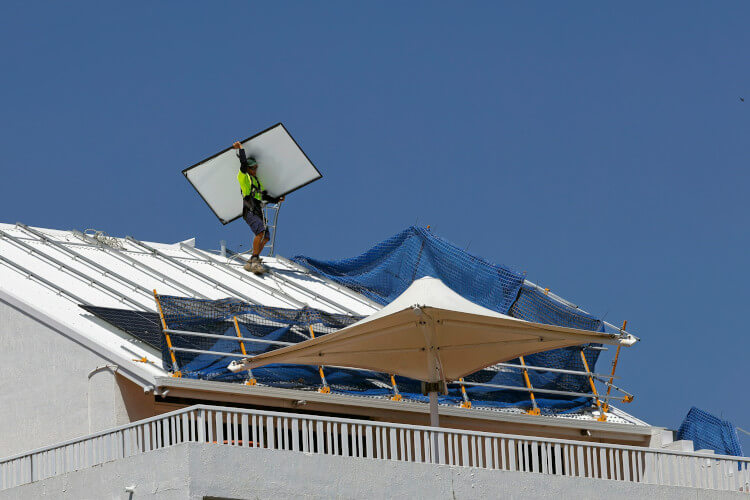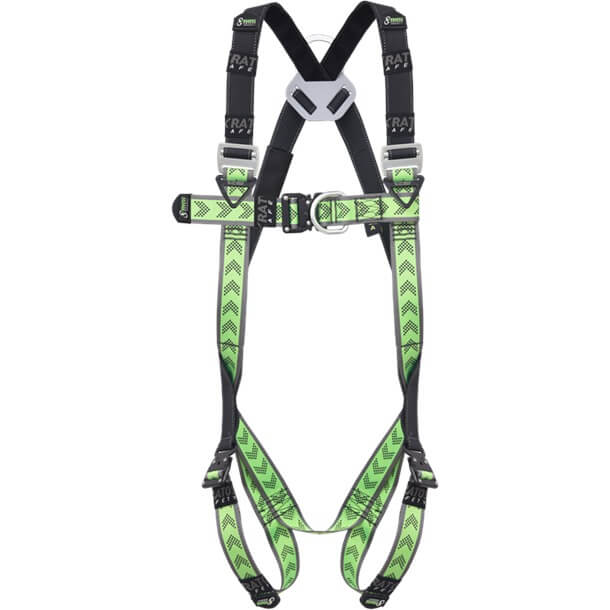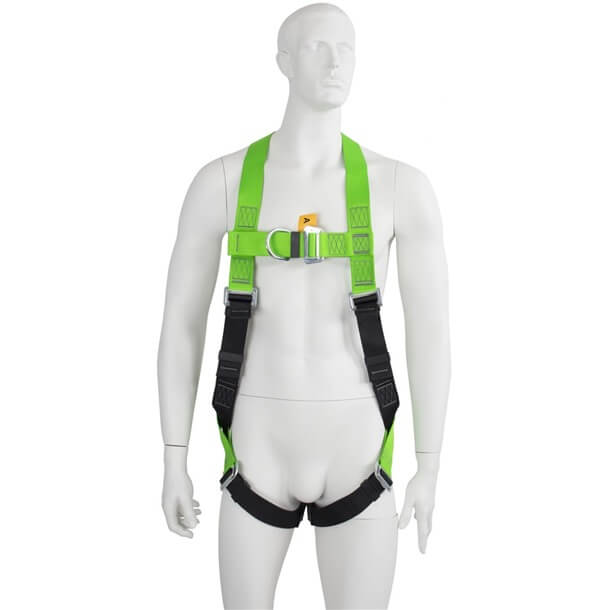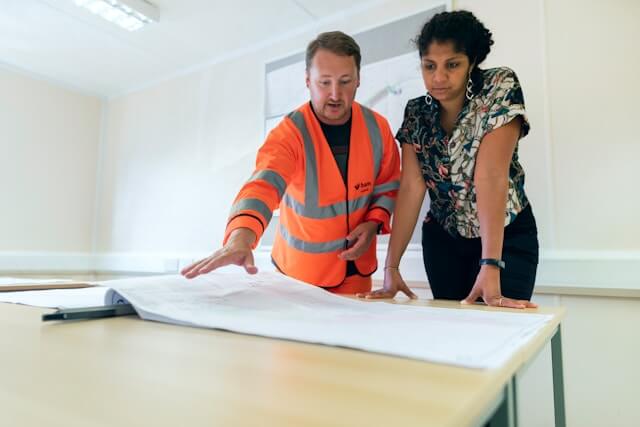
Short Answer: There are no legal requirements for at what height a safety harness is required, but the HSE does instruct that suitable fall protection should be implemented in any work environment where there is a risk of falling from a height of 2 metres or higher.
More...

Fall protection for roofers is incredibly important, because the biggest risk that roofers face is falling from height. Fortunately, there are several ways to control this risk and protect workers during roof work.
If working on a roof is unavoidable, roofers must be provided with safe access to the roof level (via ladders, scaffolding, etc.) and a safe means of working, i.e. proper fall protection equipment such as a safety harness. More...

As with any piece of safety gear, it’s important to keep your safety harness clean, especially if it tends to come into contact with messy substances or dust. Cleaning your harness regularly not only helps to keep it in tip-top condition, but also makes it easier to spot any damage to the webbing or hardware.
You must be careful when cleaning a safety harness, though – it’s not as simple as chucking it in the washing machine. There are certain dos and don’ts to be aware of, so keep reading to find out how to clean a safety harness properly.
More...

Fitting a safety harness is an important and easy process - simply follow this guide to get started!
A safety harness is an invaluable piece of personal protection equipment (PPE) that could save your life when you’re working at height. Harnesses can be used as part of a fall arrest system that catches you mid-fall, or as part of a fall restraint system that prevents you from falling in the first place.
However, safety harnesses can only do their job if they’re fitted correctly. In order to ensure that your safety harness will actually keep you safe, follow our step-by-step guide on how to fit a safety harness.
More...

To carry out a working at height risk assessment, a competent person must assess the risks, identify relevant precautions and produce a method statement. Follow HSE guidance and the below tips to get started.
According to the HSE (Health and Safety Executive), you or an appointed competent person must complete the below steps in order to manage risk when working at height.
- Carry out a working at height risk assessment
- Identify relevant precautions
- Produce a method statement
But what is a working at height risk assessment, and where do you start? Let’s take a closer look at how to properly carry out a working at height risk assessment.
More...

